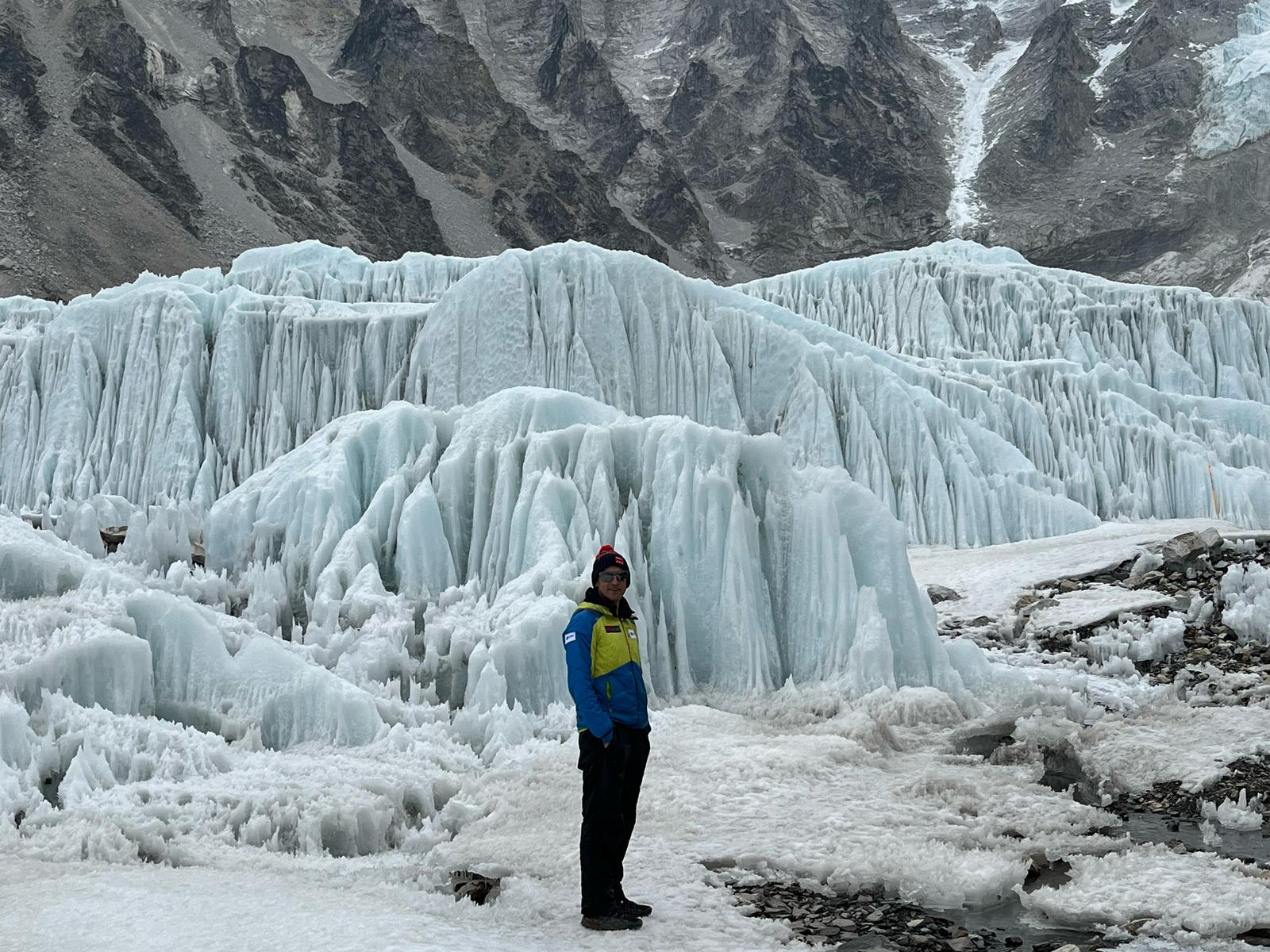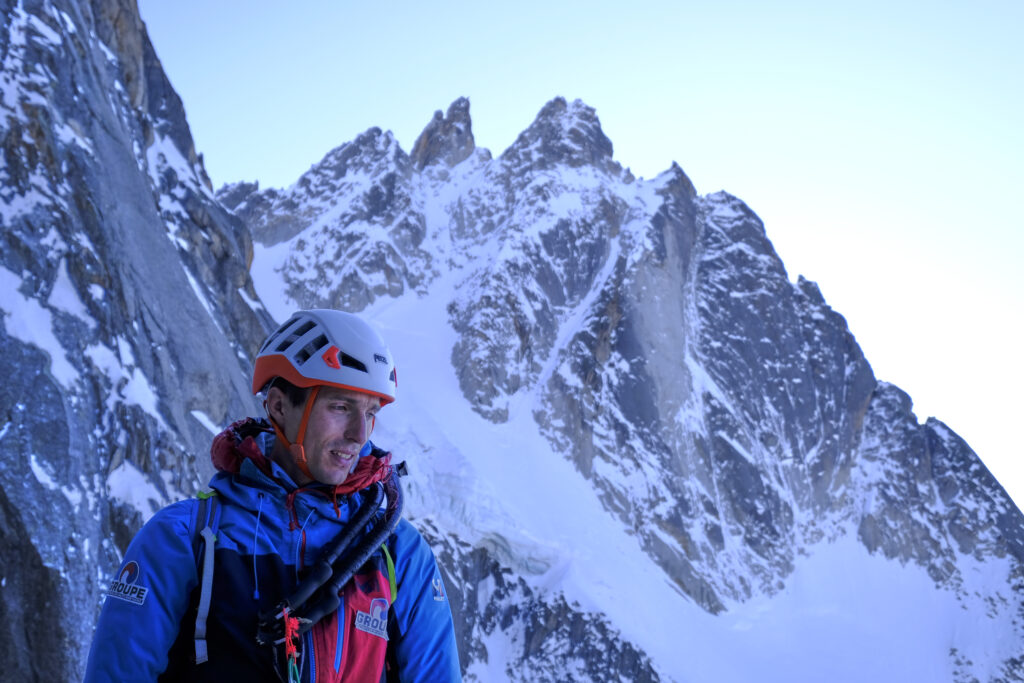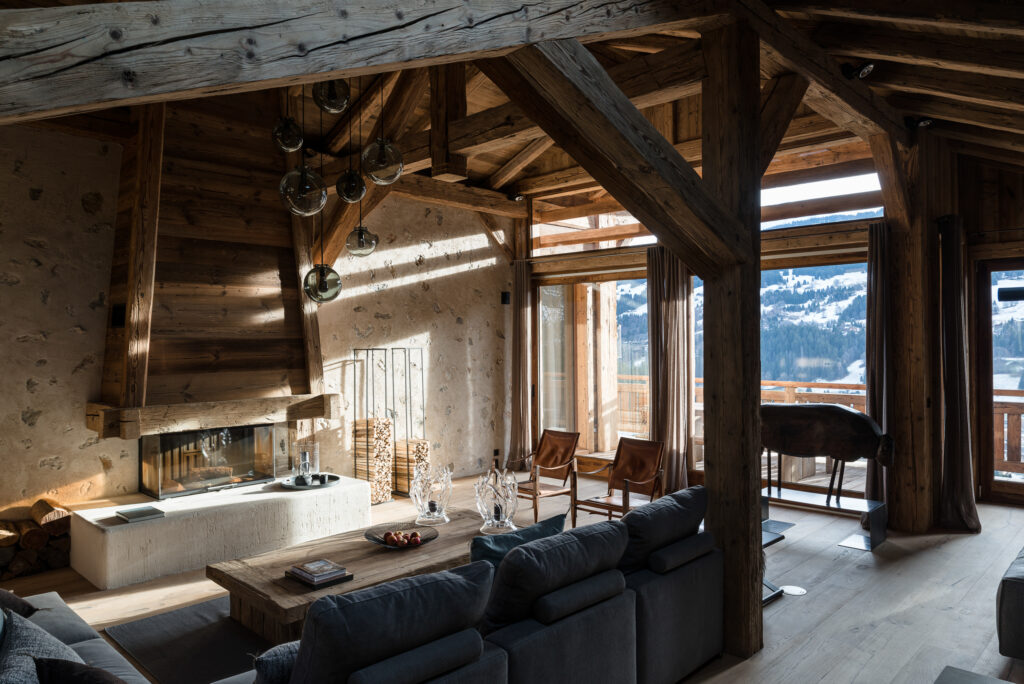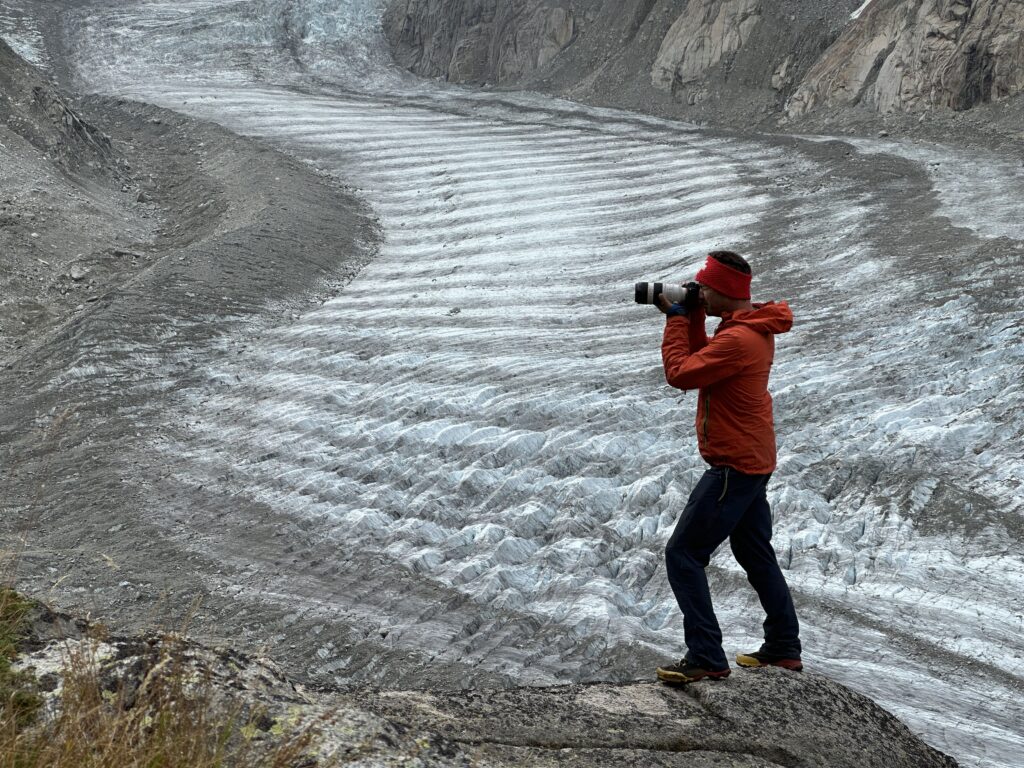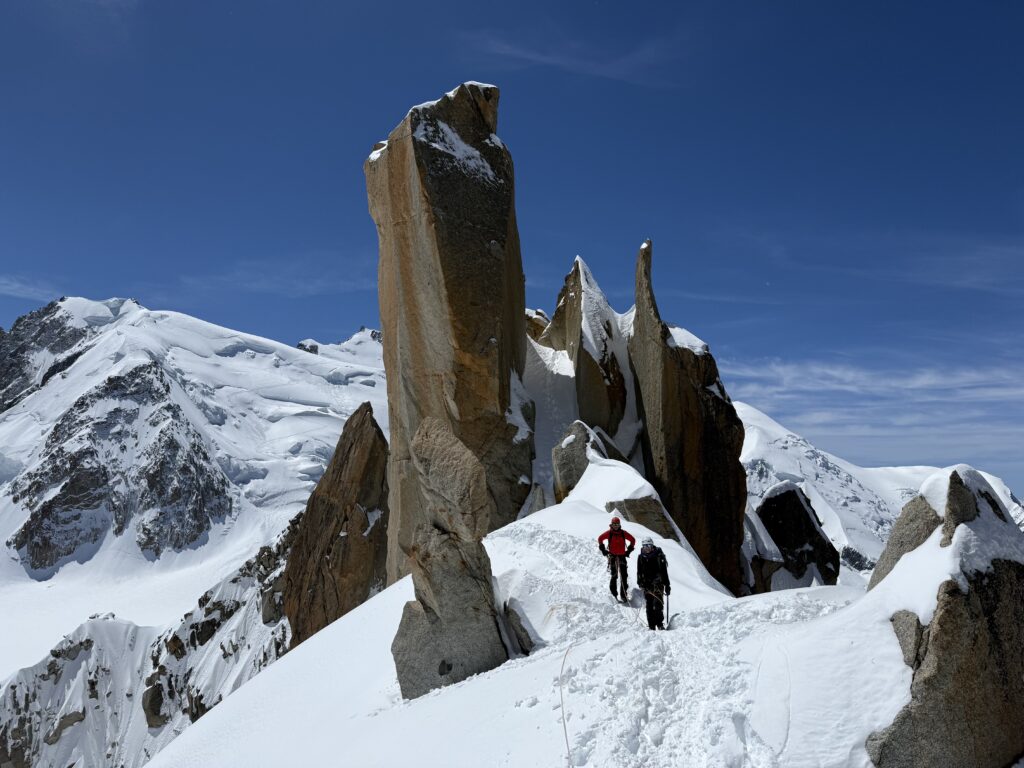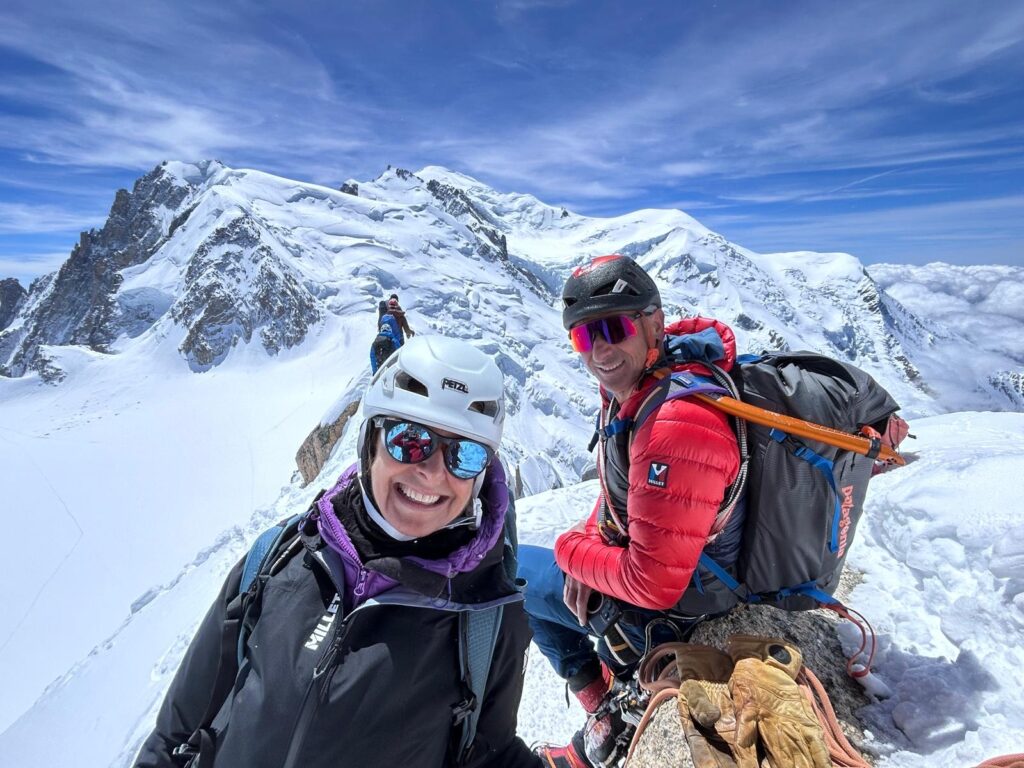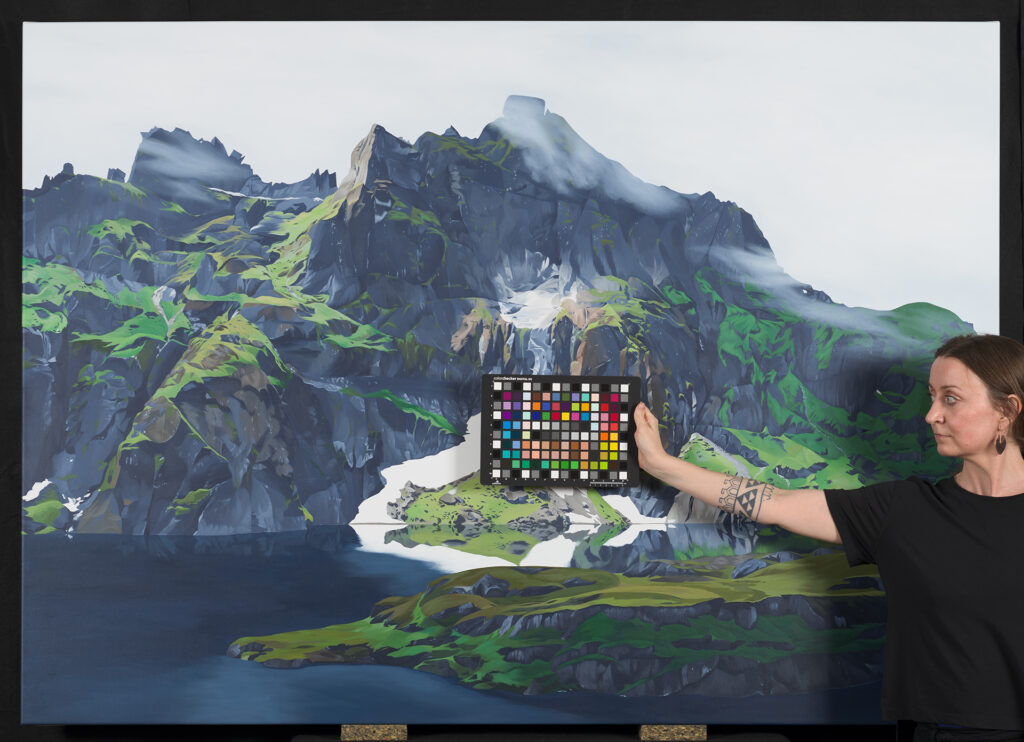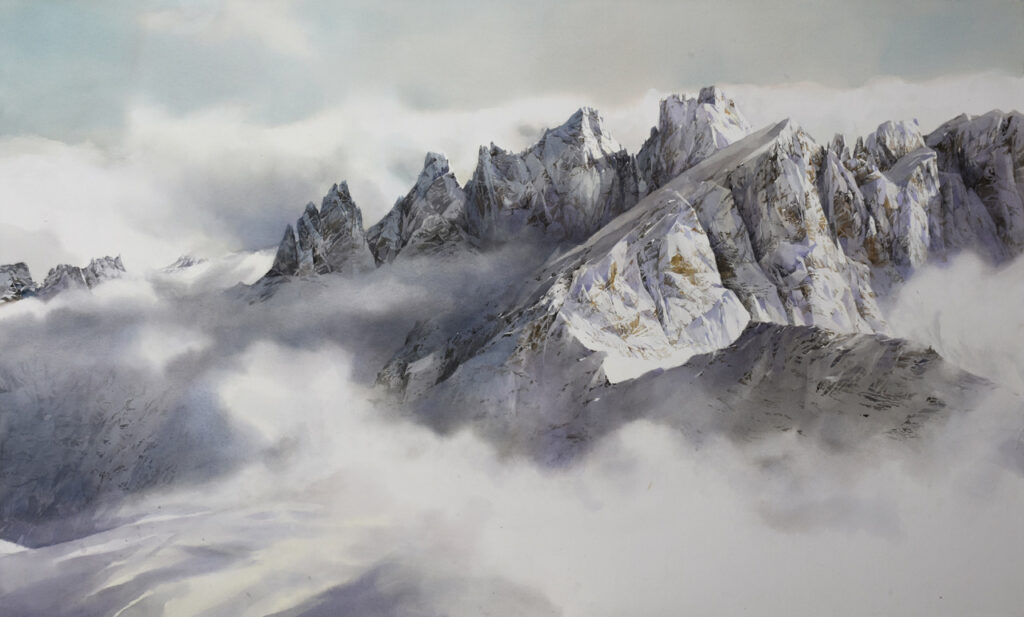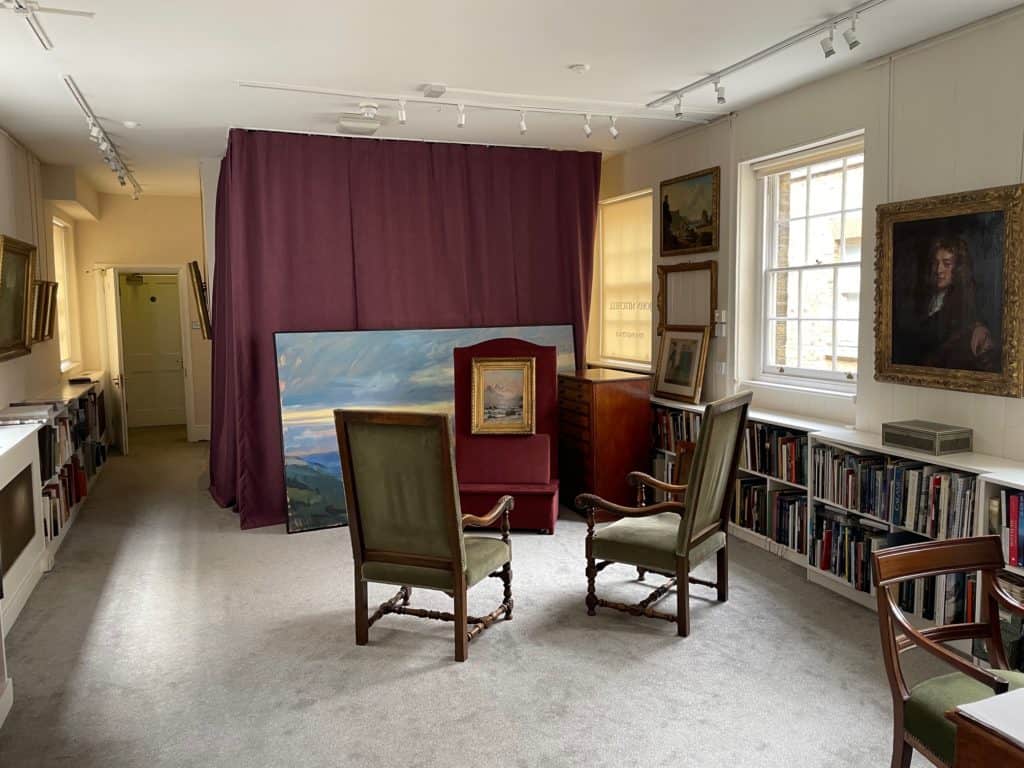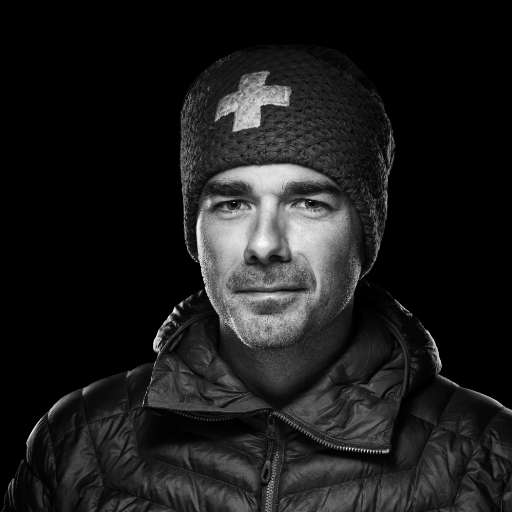There are men who continue to leave their mark on the history of Himalayan climbing. British climber Kenton Cool is one of them. With 19 successful ascents of Everest to his credit - a record for non-Nepalese - this mountain guide has made the roof of the world his familiar terrain. Yet behind this impressive figure lies a man of profound values, for whom each ascent to the summit represents the joy of seeing his clients' faces glow with emotion. In this conversation, Kenton Cool reveals his philosophy of the mountain, his relationship with risk, which has evolved over the years, and the undiminished fascination for Everest that continues to drive him. An authentic testimony to the vocation that drives him in the Himalayas.
Kenton Cool: looking back on his 19ᵉ ascent of Everest
Kenton, first of all, congratulations on your 19ᵉ ascent of Everest achieved in May 2025. Can you tell us a little about this expedition?
As always, my main role was to accompany a customer, doing everything I could to provide the best possible climbing experience. This year, weather conditions proved particularly tricky. The forecast remained uncertain, with consistently strong winds and heavy snowfalls.
Forecasts converged around the dates of May 17 to 19, making May 18 the best option for attempting the climb. Knowing that this restricted weather window would attract many climbers, we left base camp on May 13, planning a five-day ascent: directly from base camp to camp 2 in a single stage, followed by a rest day, then successively camps 3, 4, and finally the summit on May 18.

The route to Camp 4 was particularly crowded. Fortunately, our early arrival at Camp 4 enabled us to recuperate, despite the presence of around 200 climbers also planning to reach the summit on the same day. To minimize the risk of traffic jams, we took the strategic decision to leave late, at around 1.30am, well after the usual 8-9pm start.
On the way up, we saw a long line of headlamps above us. Passing a friend who had turned back due to excessive congestion, I seriously considered turning back. However, Ang Dorje Sherpa, a highly experienced guide who had already reached the summit Everest 24 times, convinced us to continue. And he was right: the groups ahead of us were advancing steadily, and we encountered only minimal delays until we reached the southern summit . From then on, although the crowds were still high, the pace was acceptable.
In the end, despite the challenges and the large number of people present, our ascent to the summit went remarkably well. My client was thrilled, delighted with his achievement. For me, satisfaction comes mainly from the happiness and safety of those I guide.
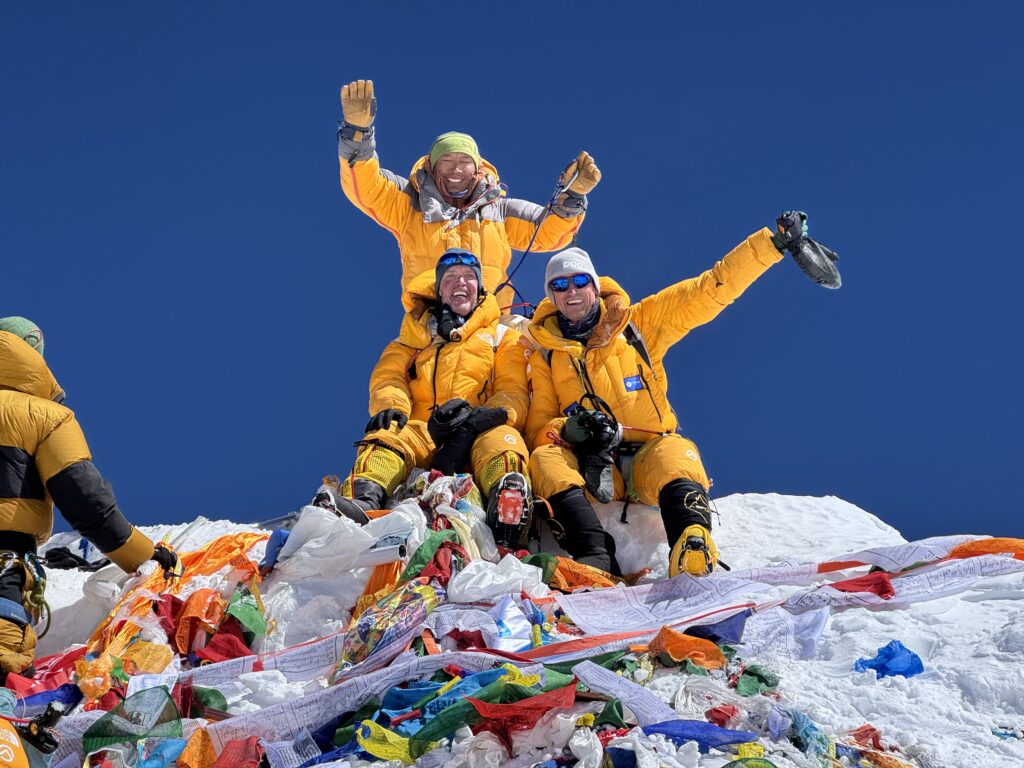
After so many Everest ascents, what continues to make this experience so unique and exciting for you?
Climbing Everest remains an extraordinary experience every time. Whether it's spending time with my Sherpa friends or enjoying the breathtaking trek to base camp, every aspect remains captivating.
People often forget just how remarkable the day of Everest's summit ascent really is. If you were to isolate the first 900 meters of the ascent from the South Col to the summit and place it in Chamonix, it would instantly become a classic itinerary. The ascent to the balcony offers a magnificent snow couloir, followed by some very interesting rock steps. And although the Pas Hillary itself has collapsed, the ridge leading up to it remains breathtaking, with spectacular cornices and breathtaking panoramic views. This section of the climb, although graded PD or PD+, offers a far superior experience to many mountain routes, such as the Mont Blanc Normal Route, or the Whymper Couloir on the Verte. It encompasses everything that makes a climb memorable.
If some criticize Everest for being crowded or commercialized, the same could be said of iconic climbs like the Matterhorn or Mont Blanc. Sure, these routes attract large numbers of people and sometimes have problems with waste, but Everest remains an exceptional, exhilarating place where you feel good.
Kenton Cool: life experiences transform our relationship with danger in the mountains
Has your relationship with danger changed as you've climbed?

My relationship with danger in the mountains has evolved considerably over the years. When I was younger, I built my reputation on particularly difficult alpine climbs. I spent a great deal of time in the Himalayas and Alaska, undertaking demanding itineraries that sometimes earned me magazine cover honors. However, with time and my growing commitment to guiding, I realized that I no longer needed to undertake extreme or dangerous climbs to feel fulfilled. Now, just being in the mountains is enough for me - I love it.
Danger is an intrinsic part of mountaineering, whether you're climbing Mont Blanc or even the Matterhorn. With age and experience, my ability to assess and manage risk has improved considerably. As a result, my current approach is much more cautious and secure than when I started out.
Fortunately, so far I've been able to guarantee the safety of my customers, avoiding serious incidents. Ensuring safety as a guide is an absolute priority for me.
Has your taste for risk remained the same since you became a father?
My relationship with risk has evolved since I became a father. When my daughter and then my son were born, it was only natural that my family should become my priority. Risk-taking remains a very personal choice: some of my friends continue to climb committed routes despite their families, but this is no longer my path.
Today, my aim is to grow old and enjoy life to the full. I don't want to risk leaving my family prematurely. From now on, my happiness in the mountains lies in the simple joy of being up there, without feeling the need to pursue the extreme adventures that used to attract me so much.
When you were a teenager, you had a serious climbing accident. Doctors told you that you would probably never walk again without crutches. Yet today, apart from the Nepalese, you hold the world record for the number of successful climbs of Everest. Is this your way of taking revenge for your injury? Do you see Everest as a symbol of resilience?
No, not really. I'd say it has more to do with the importance my community has always had for me. All the people I care about, friends and colleagues alike, are deeply connected to the world of climbing. When I found myself in hospital, lying on a bed, with the prospect of never again walking unaided - and certainly never again climbing - I was terrified.
The people around me were unique to me, precious, irreplaceable. And that became the driving force behind my recovery: my deep love for climbing, my attachment to the people who practice it, and my determination not to lose that bond. To this day, I experience chronic pain. Running has become difficult, and climbing on slabs is particularly painful.
Kenton Cool: his Himalayan story is far from over
Are you planning to return for a 20ᵉ ascent of Everest? Or do you already have the intuition that a cycle is coming to an end?

Absolutely, I'm 100% sure. I've already got one customer confirmed for next year, another for the year after, and probably another for the year after that, which would take me up to 22 climbs. Beyond that, the future remains open.
As a professional guide, Everest is not only my livelihood, it's also my true passion. Everest has a unique place in my heart - I love this mountain deeply, and I always enjoy returning to it. As long as this passion remains intact, I will continue to return with enthusiasm.
Are there any other Himalayan summits you'd like to explore?
Yes, I'd like to spend more time in Pakistan. In fact, I'm planning a new trip in September, to the Hushe Valley, with a client. It's a region I don't know yet, and our objective will be to climb Leila Peak, a spectacular summit culminating at 6,100 metres. But beyond this summit, I want to explore the whole Karakoram range in Pakistan in greater depth.
There are also parts of Nepal I haven't yet discovered, such as Makalu and the Barun Valley, or the Kanchenjunga region. Just to explore these regions and immerse myself in the environment would be extremely gratifying. The Khumbu Valley, which leads up to Everest, is rich and fascinating, but does not fully represent Nepal. Venturing into other regions reveals a more authentic side of the country, which I can't wait to discover with my own eyes. I'd like to spend more time meeting local communities, understanding their way of life, exploring what's important to them.
I've also spent a lot of time in Bhutan, and I'd like to go back to deepen my experience there, just as I'd like to rediscover North India.
Although my career has often taken me back to familiar Himalayan terrain according to my clients' preferences, I'm increasingly trying to discover new regions. There's so much more to explore, and I'm really excited by the prospect.
Successful mountaineering: patience is your best ally
What advice would you give to a novice mountaineer dreaming of the Himalayas and Everest?

The best advice I can give to a beginner dreaming of the Himalayas and Everest is to take the time necessary to gain solid experience, step by step. My own mountaineering journey began close to home, in the Scottish mountains. Although modest in altitude, these summits offer demanding terrain and particularly harsh weather conditions, ideal for developing one's skills. I then moved on to the Alps before finally tackling the great Himalayan summits .
Today, not least because of social networking, many people are looking for immediate success. Yet lasting success, whether in mountaineering or in other fields such as business or finance, is always the fruit of years, even decades, of hard work and dedication.
With 19 successful ascents of Everest, Kenton Cool continues to nurture his passion for this singular mountain. In the end, his story is not about the number of summits he has reached, but about the values he cultivates there: wonder, caution and, above all, dedication to his customers. Beyond the record he holds among non-Nepalese, Kenton Cool reminds us that the greatest conquest in the mountains remains that of sharing and humility.
